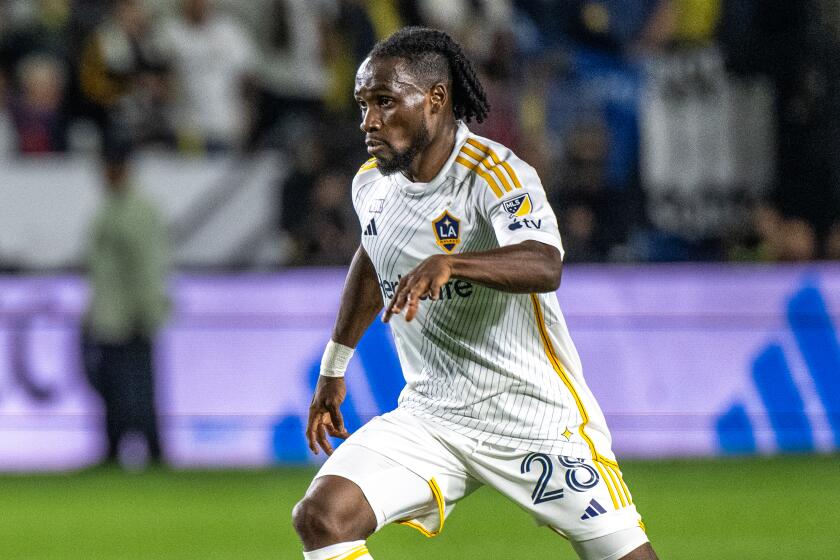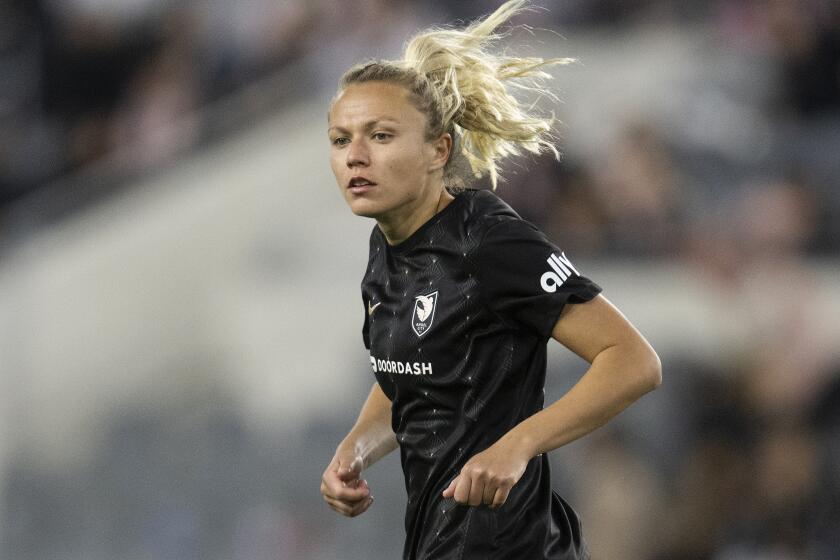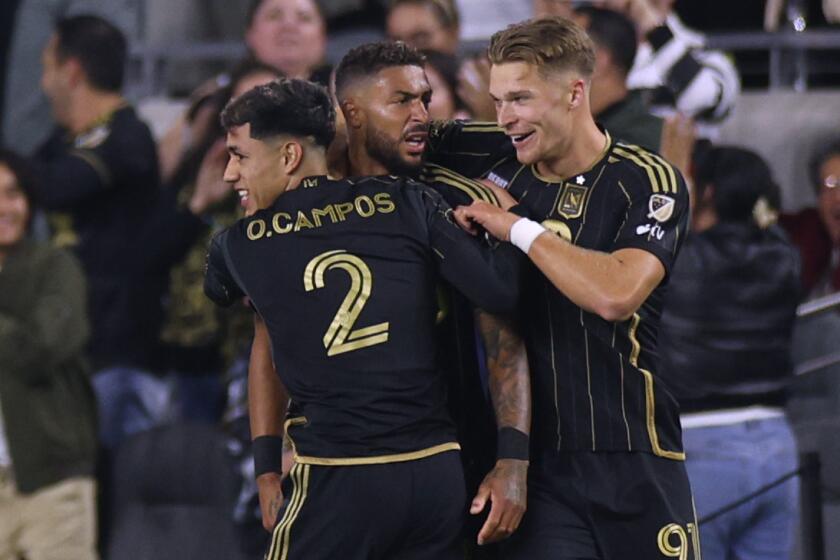MLS goes from near extinction to remarkable success

-
When MLS Commissioner Don Garber summoned team owners to a meeting in the winter of 2001, he brought a group of bankruptcy attorneys with him.
The league had lost $250 million since its first game six years earlier, had seen attendance fall nearly 20% and appeared to be days away from folding.
“It was grim,” one league executive said.
So Garber offered a plan to save the league, one that, among other things, called on a handful of owners to bankroll multiple teams. Three of them agreed, with Phil Anschutz and the Kraft and Hunt families eventually combining to manage 11 franchises.
Fourteen years later, the league has not just survived, it has thrived, with Sunday’s MLS Cup final between Portland and Columbus drawing the curtain on the league’s most successful season.
Average attendance surpassed 21,000 for the first time, more than top leagues in Argentina, Brazil and France. TV viewership was up nearly 20% in the first year of the richest broadcast deal in MLS history. And expansion has grown the league to 20 teams, franchises Forbes says are worth $3.14 billion combined.
But perhaps the best indicator of how far the league has come is that Anschutz, in the coming weeks, is expected to sell his majority interest in the Houston Dynamo, leaving him to run only the Galaxy and leaving the league without a multiteam owner for the first time in its history.
“I don’t ever get asked that question, when will soccer in America make it? There’s an acceptance that it already has,” Garber said. “Now the question is what ultimately will it become?”
That could take some time to sort out. Because although MLS has made enormous strides, doubling in size since 2004, at 20 it is still four years younger than Galaxy midfielder Gyasi Zardes.
“Fifty years into the league, it’s going to be a great league. But it takes time,” said Galaxy Coach Bruce Arena, who started with MLS in 1996, winning the title with D.C. United in the league’s inaugural season.
“The business model has to work out. We have to figure out a way of making the league better in a lot of ways. It’s getting there. Is it better than 2001? No question.”
But there are still growing pains.
Although MLS probably owes its existence to its single-entity business structure and modest salary cap, the league’s board of governors has repeatedly approved exceptions to its own spending rules. First it allowed teams to sign up to three “designated players,” whose salaries did not count against the cap, then last summer it gave each team an additional $500,000 in league money to spend on players.
This weekend the board discussed allocating even more money without altering the salary cap, which was $3.49 million last year. The reasoning is simple: to continue attracting foreign stars such as Kaka, Giovani dos Santos and league most valuable player Sebastian Giovinco while continuing to develop domestic prospects such as Zardes and FC Dallas goalkeeper Jesse Gonzalez, the league must keep investing in both. And retaining a soft salary cap allows the league to manage spending.
“Our whole approach is not to spend less money but to ensure that where we do spend more money, we do it in an effective way,” argued Garber, who said the league this year spent nearly $250 million on salaries and player development, including academy programs and United Soccer League farm teams.
Interestingly, though, the three highest-salaried teams, the Galaxy, Toronto and New York City FC, failed to reach the conference championships but the two lowest-paying teams, FC Dallas and New York Red Bulls, made the final four.
That’s an instructive lesson in a league that has had only a quarter of its teams make a profit in any given year.
To keep the league growing, Garber believes MLS must continue to, well, grow. It will expand to 24 teams by the end of the decade, with franchises already approved for Atlanta, Minneapolis-St. Paul and Los Angeles. Miami figures to join that group soon, with the board of governors Saturday backing David Beckham’s plans to build a soccer-specific stadium near the Miami International Airport.
The governors on Saturday also gave their support to further expansion, to at least 28 teams. That’s good news for Sacramento, where last week the City Council approved a $226-million privately financed soccer stadium project, and San Antonio, where the city and county government jointly purchased a soccer-specific stadium as part of a plan to lure a third MLS team to Texas.
“Frankly, we’ve got lots of aspirations as to what we want to be,” Garber said. “I believe our best days are still ahead. But those chapters haven’t been written yet.”
Follow Kevin Baxter on Twitter @kbaxter11







